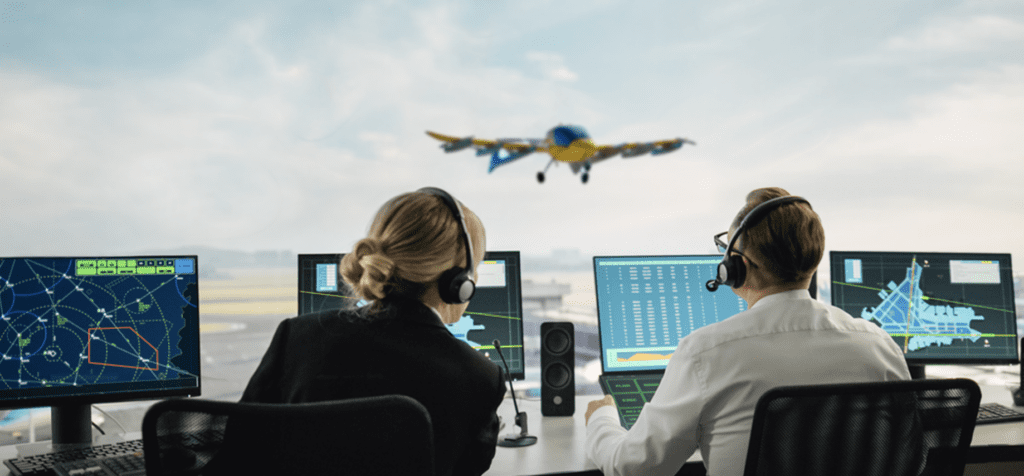
Wisk Aero and Skyports have formed the first-ever partnership between an autonomous eVTOL developer and a vertiport developer-operator. The companies collaborated to produce a Concept of Operations for autonomous advanced air mobility operations. (Photo courtesy of Wisk)
The first partnership between an autonomous eVTOL developer and a vertiport developer-operator in the United States was announced this week. Electric vertical take-off and landing (eVTOL) aircraft developer Wisk Aero is collaborating with Skyports, vertiport designer and operator. The companies worked together to create a Concept of Operations that describes requirements for accommodating safe, autonomous eVTOL operations, including necessary upgrades, procedure changes, and retrofits. This new partnership, according to the announcement from Wisk, is focused on evaluating several core areas including the management of ground operations, schedules, final approaches and take-offs, and contingencies, in addition to defining airspace design, passenger accommodation, navigational aids, and physical aircraft considerations such as functions and capabilities.
Wisk Aero has always had a strong focus on advanced air mobility (AAM). Just two months ago, the company announced a collaboration with the Long Beach Economic Partnership to conduct a study on the economic impact of AAM operations in Southern California. Over the next two years, Wisk and the City of Long Beach will coordinate in bringing together local government, business, and community leaders in a working group focused on autonomous flight and the implementation of AAM in Long Beach.
In January, Wisk shared news of a large investment from Boeing—$450 million, to be exact—making Wisk one of the world’s most well-funded companies focused on AAM operations. Boeing’s investment is contributing to the continued development of Wisk’s 6th-generation eVTOL aircraft, Cora, an all-electric and self-piloted model. The investment from Boeing also boosts Wisk’s efforts to launch scale manufacturing and go-to-market operations.
The ConOps produced by Wisk and Skyports, titled “Autonomous UAM Aircraft Operations and Vertiport Integration,” details the relationship between autonomous eVTOL aircraft and UAM-specific infrastructure. The document describes its scope and purpose: “While the introduction of commercial autonomous eVTOL aircraft may not be immediate, Wisk and Skyports are focused on developing and testing processes and solutions that will be critical to the advancement of urban air mobility (UAM). Considering autonomous eVTOL integration today will help future-proof the development of UAM aviation infrastructure and challenge the advancement of more sophisticated and safer solutions that could benefit piloted eVTOL aircraft and all AAM operations. This ConOps serves as a basis for discussion as industry and regulators begin to consider the integration of autonomous eVTOL aircraft systems into the national airspace system.”
One of the key ideas put forth in the ConOps is that a standardized data system is essential for a vertiport’s function, in particular where autonomous eVTOL operations are introduced. This data system must be able to provide current and future vertiport status to every aircraft operator in the area, and it should also serve as a platform for an informational exchange interface between eVTOL aircraft operators and other vertiport partners.
Wisk and Skyports also describe the necessity of a resource management and scheduling system (RMSS) for vertiports that will allow for passengers to reserve space at a vertiport terminal. The ideal RMSS will have the capacity to allocate and un-allocate resources in order to mitigate risks or delays. “The system will also need to consider the likelihood of offnominal events, weather or airspace delays, and other impacts,” as explained in the ConOps.